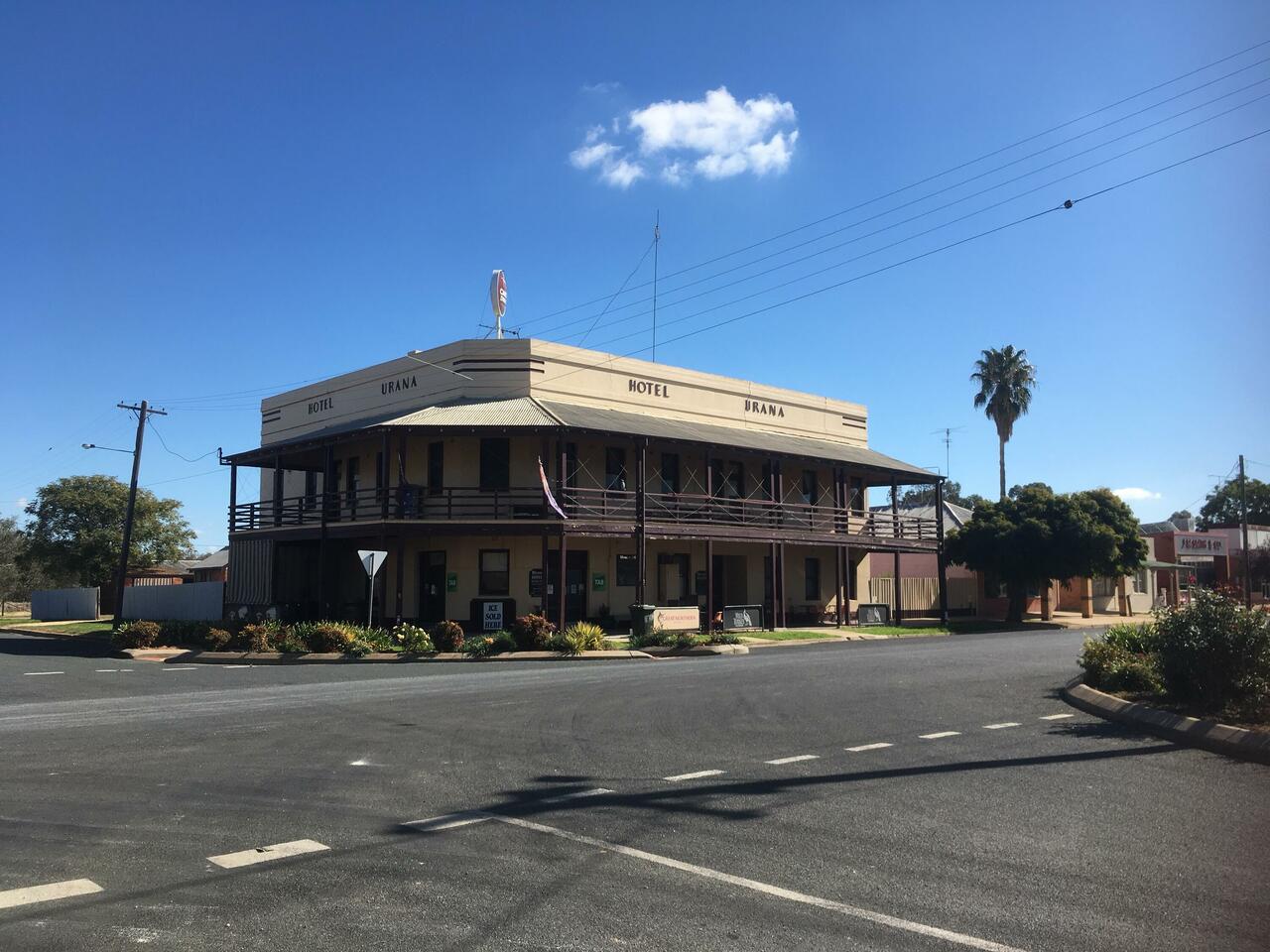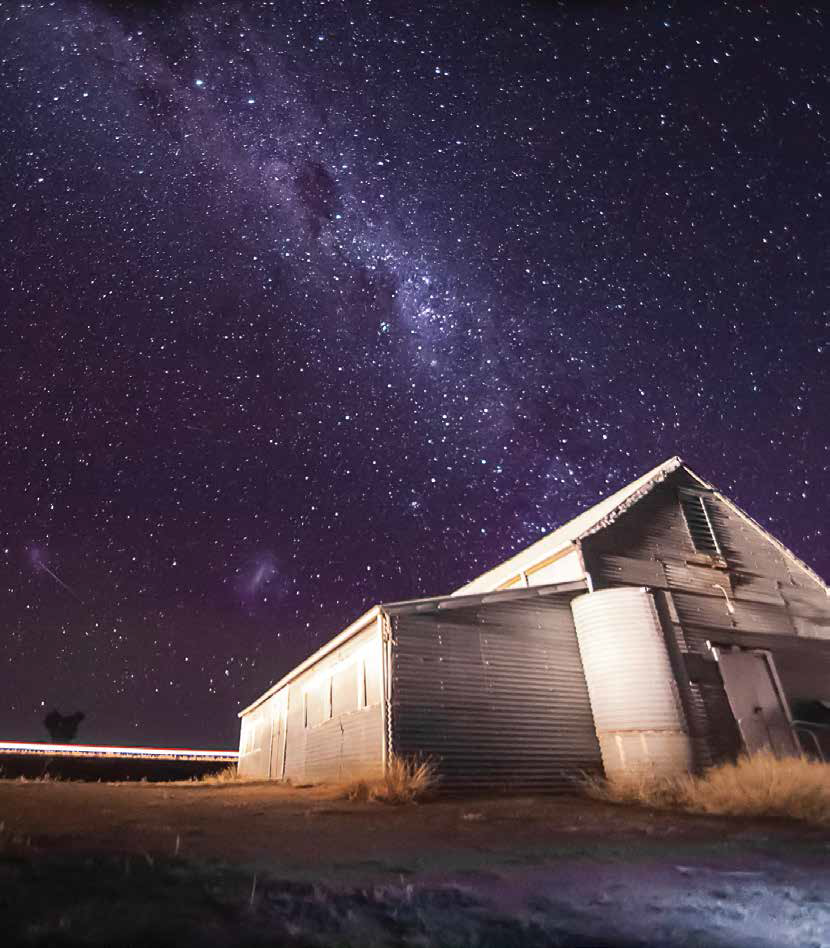According to the stories (and I've been in online conversation with Mark Rein*Hagen to confirm this), the seed of an idea for Vampire: the Masquerade occurred on a cross country road trip, as it passed through the decaying urban environment of Gary, Indiana on the way to a gaming convention. The first writings for the game were done during the nights of that convention.
The idea of a world forgotten, of darkness and neglect, of anger at inequality, all seethed under the surface.
It' a world we're familiar with, but by picking and choosing key elements of it, we can set the tone. We don't need to detail everything, just the changes between the game setting and the real world, the world known by the characters and the world known by the players.
This game is inspired by the rural communities I've lived in over the past few years.
It is inspired by the lyrics of Led Zeppelin, with references to British folk-lore, Tolkein, a fantasy America that exists only in dreams, deep raunchy primal energy, and the blues.
I may have been describing it as "scarecrowpunk", but it is not inspired by the punk band "Scarecrow", but in my search for things to write here I came across them and now I have to give them a listen.
Where I live at the moment is one of the larger inland cities in Australia, specifically the second largest inland city in the state of New South Wales. A city named Tamworth. It's generally known for being the hub of country and western music in Australia, and we're about a week out from the biggest country usic festivals in the southern hemisphere. The current population is about 65,000 (researched as I write this), but there are plans for anextra 10,000 homes, and a push to get the population above 80,000.
There are bigger cities on the coast, such as Coffs Harbour currently at 77,000 (wth Port Macquarie about the same size), or Newcastle at 460,000 (with the greater Newcastle suburban area over a million), but those are the types of towns that get all the attention when outsiders think of Australia... or even when Australians think about Australia.
Some of the other towns that I'm thnking about when I write this game are the other places I've lived over the past few years. Some with less only a couple of thousand people, some with only a couple of hundred. Moving house oer the years between these towns, I've stopped overnight in places that seem forgotten by time. Some of these places illuminated by signs of a few streetlights, a beer sign on a pub, and the fridge lights vaguely lighting up the stock in a general store.
(I couldn't find a picture of this particular town, Urana, at night. But you get the idea...)
These are lands that are losing people as megacorporations buy up the land, and buy up the water rights that farmers need to operate the lands they have tended for generations... but these are also lands with dark histories that have often been deliberately obscured. Indigenous people were driven from the lands so that farmers could take over, and now farmers are being driven from the lands for the multi-nationals.
Combine these ideas with the concept you get in those viral regional gothic posts. Because permeating the underbelly of the setting is a distinct gothic feel, we ae talking about animated scarecrows after all.
Mysterious stuff happens, locals take it for granted. It's all a part of the regional charm. Outsiders don't get it, and when it's explained to them it seems more mundane than it first appears, or maybe there ae no rational ecplanations. Not everything needs to be a part of the story, not everything needs to be explained. The gothic lies in the mystery, before the explanation, that's where the magic lies.
I've always described FUBAR as a dadaist system. It's meant to be a bit absurd, it's meant to be a bit Monty Python, there is meant to be strangeness that just makes players think a bit. Everyone should have an idea about the kinds of strange things that might happen in the game, but not necessarily be certain how that strangeness applies and whether that strangeness will be beneficial or problematic. This actually tends to be the way I run most of my games (no matter what system I'm using). The difference in FUBAR is that the game specifically asks for a range of strangeness to be declared by the players befre the game begins. Everyone writes one or two elements of strangeness on a piece of paper, then those papers are shuffled together and randomly drawn during the course of the game. No one knows what strangeness is going to show up when, but the oddity ramps up as the story unfolds.
Setting a game in your local region means players will have an idea of what kinds of strangeness exists in the area. However, players in an urban area may not know the distinctly regional strangeness around them unless they've spent some time outside the suburbs. This isn't necessarily a bad thing, but for the purposes of these rules it might be a good idea to write some sample gothic strangeness samples to inspire players. A range of samples is also beneficial when players don't have much inspiration of their own and just want to choose something quickly rather than use their own imagination.
Before play begins, each player fleshes out the setting with two locations, two people, two strange happenings, and two mysterious groups. Half of these will probably appear in the first game, then in future games every player creates (or chooses) one more. These elements of the game will often end up being linked to the characters through their bonds, and the elements that resonate strongest with the players will gradually become better described andmore integral to the overall story each time they come into play.
It's generally the way a lot of games are run in a variety of systems, but in this one it's formally a part of the rules.













.png)

Comments